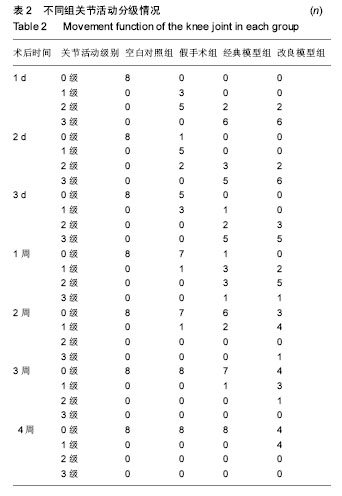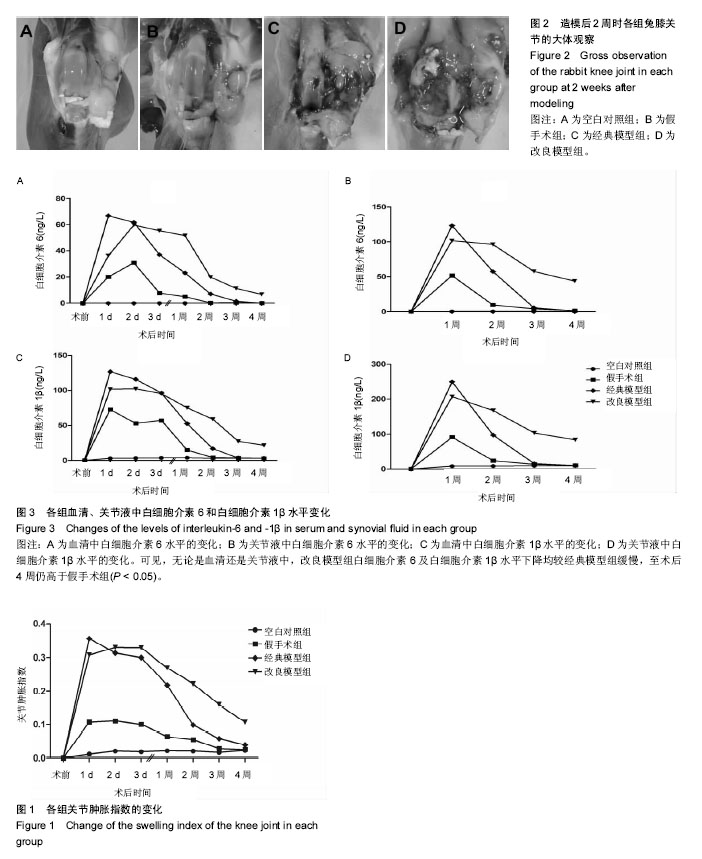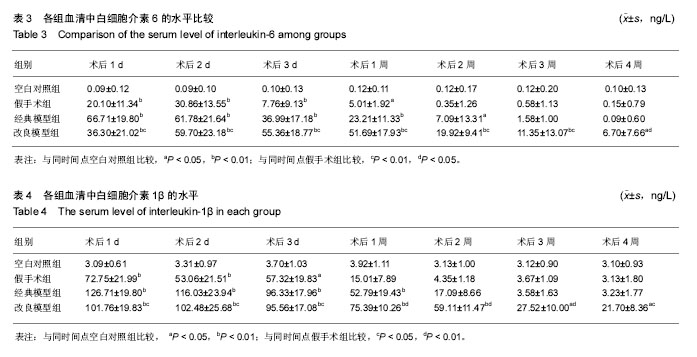| [1] Cronstein BN, Sunkureddi P. Mechanistic aspects of inflammation and clinical management of inflammation in acute gouty arthritis. J Clin Rheumatol. 2013; 19(1): 19-29.[2] Chandratre P, Roddy E, Clarson L, et al. Health-related quality of life in gout: a systematic review. Rheumatology (Oxford). 2013; 52(11): 2031-2040.[3] 钱伯初,史红,郑晓亮.尿酸钠结晶诱导痛风性关节炎动物模型研究进展[J].中国比较医学杂志, 2008,18(6): 65-69.[4] Coderre TJ, Wall PD. Ankle joint urate arthritis (AJUA) in rats: an alternative animal model of arthritis to that produced by Freund's adjuvant. Pain. 1987; 28(3): 379-393.[5] Coderre TJ,Wall PD. Ankle joint urate arthritis in rats provides a useful tool for the evaluation of analgesic and anti-arthritic agents. Pharmacol Biochem Behav. 1988;29(3):461-466.[6] 秦川.人类疾病动物模型是医药创新研究的前沿[J].中国比较医学杂志,2011,21(10): 13-14.[7] 姚丽,刘树民,于书仪.痛风性关节炎动物模型的改良[J].中国实验动物学报,2009,17(03): 210-212.[8] Wu X, Wakamiya M, Vaishnav S, et al. Hyperuricemia and urate nephropathy in urate oxidase-deficient mice. Proc Natl Acad Sci U S A. 1994; 91(2): 742–746.[9] 赵璐,孙俊波,魏桂梅.MRP8通过 NF-κB信号通路调控痛风细胞模型中IL-1β的表达[J].山东大学学报(医学版),2015,6:44-47.[10] Miguelez, R, Palacios I, Navarro F, et al., Anti-inflammatory effect of a PAF receptor antagonist and a new molecule with antiproteinase activity in an experimental model of acute urate crystal arthritis. J Lipid Mediat Cell Signal.1996;13(1): 35-49.[11] Ryckman, C, McColl S, Vandal K, et al. Role of S100A8 and S100A9 in neutrophil recruitment in response to monosodium urate monohydrate crystals in the air-pouch model of acute gouty arthritis. Arthritis Rheum. 2003; 48(8): 2310-2320.[12] Dong J, Han QF, Zhu TY, et al. The associations of uric acid, cardiovascular and all-cause mortality in peritoneal dialysis patients. PLoS One. 2014; 9(1): e82342.[13] Xia X, Zhao C, Peng FF, et al. Serum uric acid predicts cardiovascular mortality in male peritoneal dialysis patients with diabetes. Nutr Metab Cardiovasc Dis. 2016;26(1):20-26.[14] Takahashi M. Inflammatory cytokines in the pathogenesis of atherosclerosis. Nihon Rinsho.2011;69(1):30-33.[15] Terkeltaub R, Sundy JS, Schumacher HR, et al. The interleukin 1 inhibitor rilonacept in treatment of chronic gouty arthritis: results of a placebo-controlled, monosequence crossover, non-randomised, single-blind pilot study. Ann Rheum Dis. 2009; 68(10): 1613-1617.[16] Jasvinder A. Singh, MBBS, MPH. Racial and gender disparities in patients with gout. Curr Rheumatol Rep. 2013; 15(2): 307.[17] Bolzetta F, Veronese N, Manzato E, et al. Chronic gout in the elderly. Aging Clin Exp Res. 2013;25(2):129-137 .[18] 杨玲玲,黄丽贞,邓家刚.痛风性关节炎动物模型研究进展[J].世界中医药,2015 ,10(9) :1461-1467.[19] 李泽,张记恩,荣俊.痛风性关节炎动物模型制备的研究[J].长江大学学报(自科版),2013,10(15):9-12.[20] 谭秋薇,林燕.痛风性关节炎模型研究概况(J).实用中医内科杂志,2008,22(2):79-80.[21] 郭玉星,熊辉,陆小龙,等.改良痛风性关节炎大鼠模型的复制[J].云南中医学院学报,2017,40(2):18-23.[22] Hershfield MS, Ganson NJ, Kelly SJ, et al. Induced and pre-existing anti-polyethylene glycol antibody in a trial of every 3-week dosing of pegloticase for refractory gout, including in organ transplant recipients. Arthritis Res Ther. 2014; 16(2): R63.[23] Christen P, Peacock W C, Christen A E, et al. Urate oxidase in primate phylogenesis. Eur J Biochem. 1970; 12(1): 3-5.[24] Wu XW, Muzny DM, Cheng CL, et al. Two independent mutational events in the loss of urate oxidase during hominoid evolution. J Mol Evol. 1992;34(1): 78-84.[25] Fleischmann R, Kerr B, Yeh LT, et al. Pharmacodynamic, pharmacokinetic and tolerability evaluation of concomitant administration of lesinurad and febuxostat in gout patients with hyperuricaemia. Rheumatology (Oxford). 2014;53(12): 2167-2174.[26] Lipsky PE, Calabrese LH, Kavanaugh A, et al. Pegloticase immunogenicity: the relationship between efficacy and antibody development in patients treated for refractory chronic gout. Arthritis Res Ther. 2014; 16(2): R60.[27] Singh JA. Emerging therapies for gout. Expert Opin Emerg Drugs. 2012;17 (4): 511-518.[28] Gerwin N, Hops C, Lucke A.Intraarticular drug delivery in osteoarthritis.Adv Drug Deliv Rev. 2006; 58(2): 226-242.[29] 王碧.胶原材料在药物缓释和组织工程中的研究进展[J].中国修复重建外科杂志,2004,18(2): 112-114. |
.jpg)



.jpg)
.jpg)
.jpg)